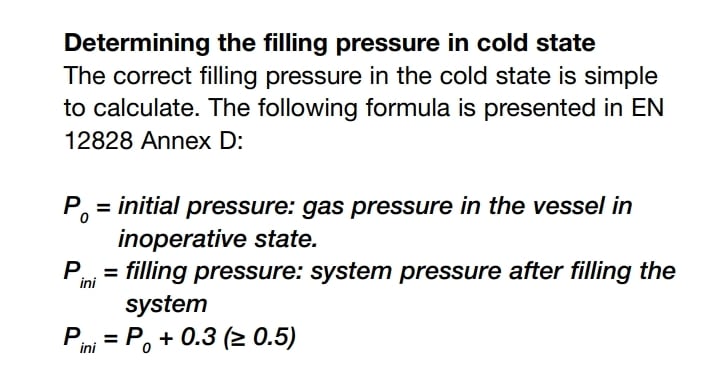BACN_mechanical
Mechanical
If you have a chilled water system with only primary pumps serving a tall building. Also, the expansion tank is located at the top of the building.
How would the maximum working pressure be affected in the following arrangements?:
a. Locating the pumps on the first floor
b. Locating the pumps on an intermediate floor.
c. Locating the pumps on the top floor.
I would believe that the head pumps shouldn't change any of the above arrangements. However, should the working pressure change? Considering that this maximum operating pressure would be mainly affected by the static height.
Also, what other parameters should be considered when changing the location of the pumps?
NOTE: I understand that I don't give you pressure values as in the expansion tank or the head pump, nor heights. But I would only like to know how the system would behave in the three scenarios qualitatively, that is, if it remains the same, decreases, increases, etc.
I'll be grateful for any help you can provide, and success in your activities.
How would the maximum working pressure be affected in the following arrangements?:
a. Locating the pumps on the first floor
b. Locating the pumps on an intermediate floor.
c. Locating the pumps on the top floor.
I would believe that the head pumps shouldn't change any of the above arrangements. However, should the working pressure change? Considering that this maximum operating pressure would be mainly affected by the static height.
Also, what other parameters should be considered when changing the location of the pumps?
NOTE: I understand that I don't give you pressure values as in the expansion tank or the head pump, nor heights. But I would only like to know how the system would behave in the three scenarios qualitatively, that is, if it remains the same, decreases, increases, etc.
I'll be grateful for any help you can provide, and success in your activities.

